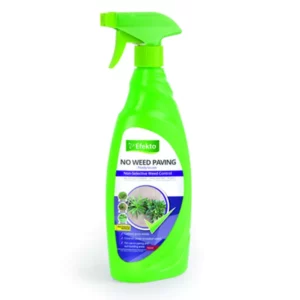July
Western Cape guides

JULY GARDENING IN THE WESTERN CAPE
July is known to be the turn of the season, making it a crucial time in the garden. This month is a good time to prune your roses and fruit trees and sow colour for spring. Find out what else is on your garden task list in this gardening guide:
Spotlight on: Pruning
It may be raining and cold outside, but July is the perfect time to do some pruning! Pruning is an important activity in the garden because:
- it encourages new plant growth. By removing dead, diseased or long and spindly branches, and trimming dense plant growth, you’re allowing more light to penetrate all parts of the plant.
- it allows for increased levels of oxygen to circulate around your plants and new, stronger shoots to sprout. This will boost the immune system of your plants and trees, so they’ll suffer from fewer fungal diseases and fewer pesky insects can hide away from you.
- it’s a great way to shape plants, trees and hedges, and keep your garden looking neat and tidy, as well as clearing your view of overgrown trees and hedges.
If you’re new to gardening, see our full pruning guide.
ON YOUR TO-DO LIST FOR JULY
Plant and sow
- Plant pansy and viola seedlings now in well-composted beds. They’ll reward you with a burst of colour in late winter and spring.
- Sow the following seeds now for colour in summer: alyssum, balsam, candytuft, linaria, impatiens, Shirley poppies and vygies.
- For a hearty winter meal, sow winter veggies like Asian greens, beans, broccoli, cabbages, carrots, eggplant, leeks, peas, pumpkin, radishes, Swiss chard and turnips, which can all handle the wet, cold weather.
- Make sure you get your lilium bulbs into the ground before the end of the month.
Feed
- It’s time to feed all flowering plants with 3:1:5 fertiliser to boost flower production.
- Water azaleas, camellias and deutzia regularly to prevent bud drop. Remember to keep the soil around these plants well mulched.
- Feed spring- and summer-flowering bulbs with bulb food once every two weeks.
- Fertilise hydrangeas with an application of 2:3:2 or Atlantic Fertilisers Bio Ganic All Purpose.
Prune & Trim
- Prune deciduous fruit trees such as apricot, peach and plum. They lose their leaves in winter, so it’s easier to see which branches are diseased, old or weak.
- Pruning roses is important to encourage bigger, better blooms and should be done between mid-July and the first week of August. Prune hybrid roses, tea roses and miniature roses now, but wait to prune rambling roses until after they’ve flowered.
- Hydrangeas require bi-annual pruning, one in summer and one now, in winter.
- Pinch out the growing tips of sweet peas to encourage strong, bushy growth.
- Encourage new growth for your ferns by cutting off old fronds.
- Prune summer- and autumn-flowering climbers and shrubs such as barleria, cassia, clematis, golden shower and ribbon bush.
OTHER FRESH IDEAS
Plant fabulous fynbos
Plant a variety of indigenous fynbos to catch the best of the winter rains, and they’ll be established enough to withstand the summer dryness. Our top tips for maintaining our favourite local plants:
- Plant in an area that receives lots of full sun, is relatively dry and where the soil drains well.
- Keep the soil around the fynbos plants cool with a mulch of straw, bark or leaves.
- When you’re planting fynbos, avoid disturbing the roots too much – their root systems are sensitive.
You might also like
Shop online
-
- Sale!
ZANTEDESCHIA SUNSET PASSION BULBS
-
R89.99Original price was: R89.99.R62.99Current price is: R62.99. - Add to cart Learn More
-
PLASTIC WINDOW BOX VERSILIA GREEN 40CM – 60CM
- R179.99 – R279.99
- Select options This product has multiple variants. The options may be chosen on the product page Learn More




